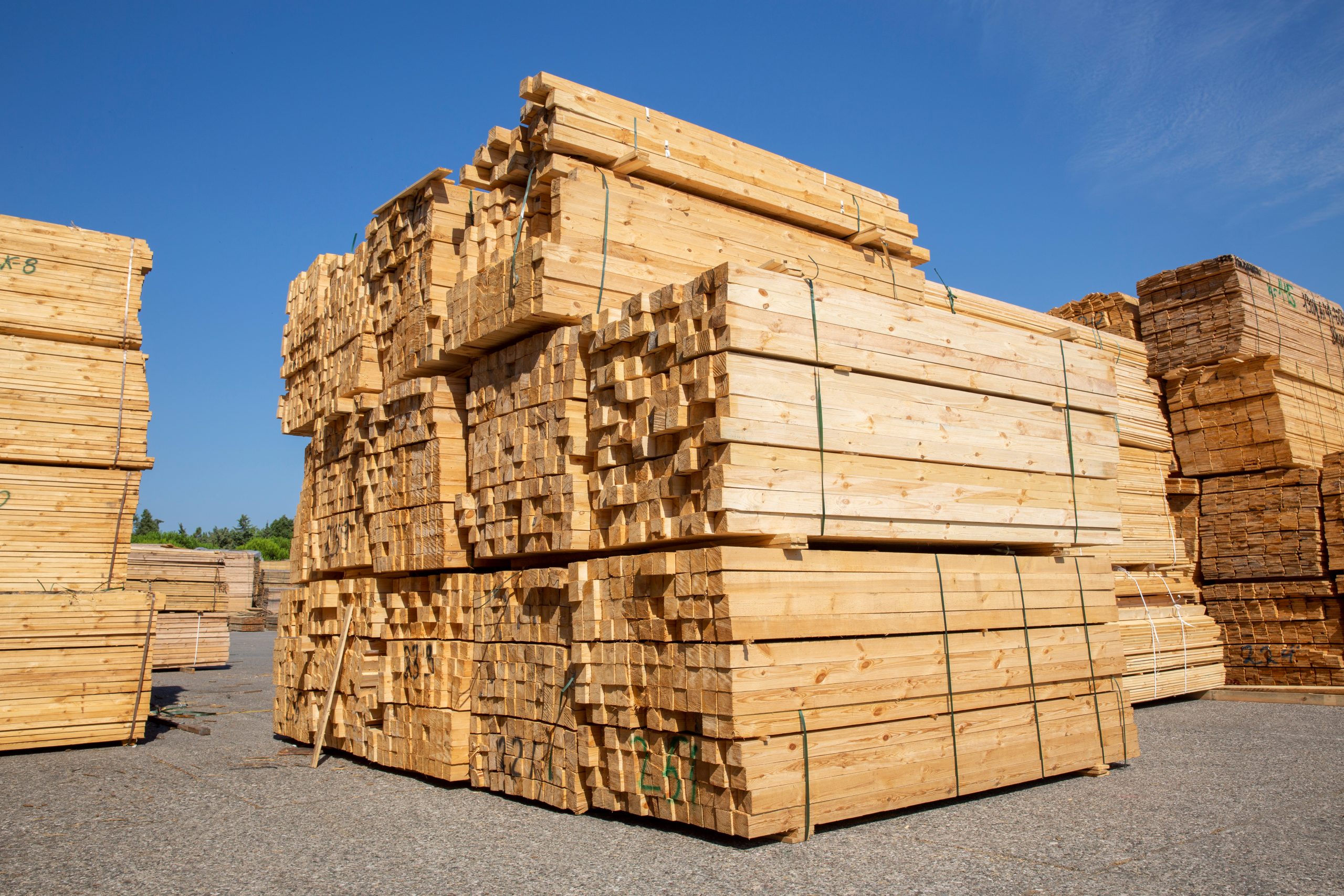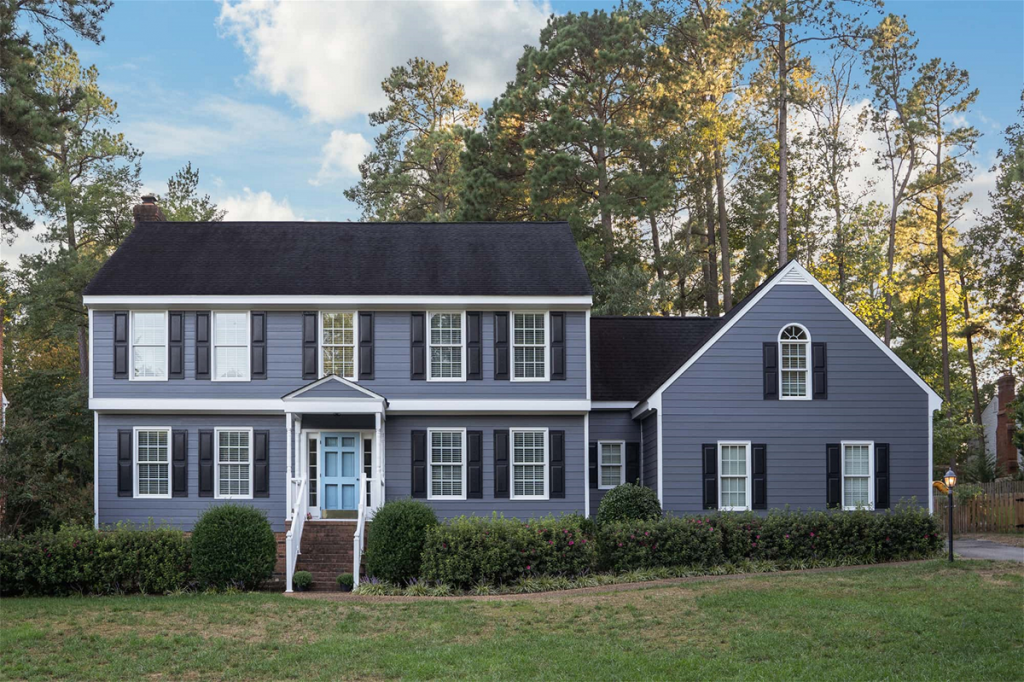Lumber Prices on the Rise: How the Canadian Softwood Tariff Affects Boston Builders

Since COVID-19 hit two years ago, lumber prices have skyrocketed to heights that America has never seen before. Besides the pandemic, wildfires, and other factors, the building materials and housing industry is now dealing with an added tariff on Canadian softwood imports.
After a few months of regularity, high lumber prices are now back. Americans are wondering: is there an end in sight?
Understanding the New Lumber Tariff
In November, the U.S. Department of Commerce announced its intent to impose a 17.9% tariff on Canadian softwood lumber—a tariff twice as high as the previous tariff. Recently, industry organizations like the NLMBDA (National Lumber & Building Materials Dealers Association) lobbied to decrease the tariff and were successful. As of early this month, the tariff is now 11.64%.
Although the lower tariff is good news, American lumber companies and builders are still struggling with increased costs, impacting new home builds and developments across the nation. According to the U.S. Bureau of Labor Statistics, lumber and wood products have climbed 30% since last September.
The new tariff encourages American consumers to buy American lumber, but can the sawmills keep up?
Impact on Boston Renters & Buyers
As a fast-growing city, Boston relies on the local lumberyards, contractors, and builders to bring economic growth to the area. Because of its proximity, the U.S. imports roughly 70% of all its lumber for the year from Canada, causing prices to rise quickly due to any increased tariff.
Who suffers from high lumber prices? Builders, lumberyards, buyers, and renters.
- Lumberyards and companies. American lumber companies will now pay an extra $99 in tariffs for every thousand feet of Canadian softwood lumber.
- Buyers and builders. As material prices increase and supply decreases, supply and demand sets in. The average new build is now priced $18,600 compared to recent years due to lumber prices.
- Renters. The housing industry impacts everyone—for renters, housing affordability is climbing and so are poverty levels.
There’s a push for buying American-made, but that push has a severe impact on the American penny and the American family. As lumber companies hike up their prices, American consumers pay the price.
The Comeback of Lower Lumber Prices
Lower lumber prices are in sight, but not anytime soon. Due to the rise of summer construction and building projects, lumber usually sees a sharp incline in the spring with a decline in the fall. This year, expect lumber prices to level off as winter approaches, but plan to not see savings or a decline until fall of 2023.
Build Boston with Trusted Lumber Experts from NEBS
In the midst of a frenzied economy and a strained industry, demand is high and product is tight—you need a trusted local partner to ensure you get your materials at a fair price with timely delivery.
At New England Building Supply, we pride ourselves on supplying you with quality lumber, loyal partnerships, and up-to-date industry experts to bring value to all your Boston building projects. Give us a call today or stop by our downtown Boston showroom to speak with a team member and start your project with NEBS.

